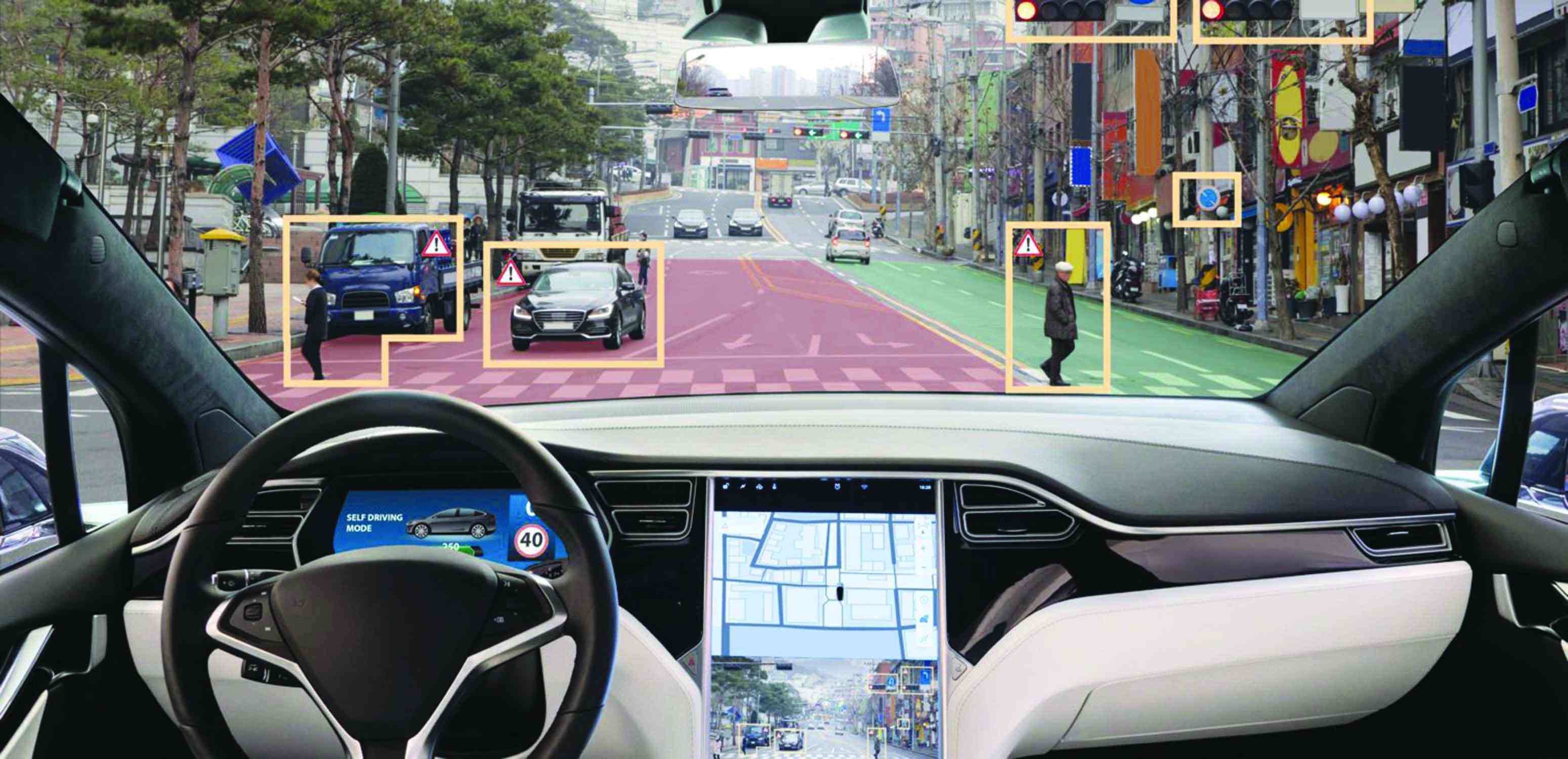
THE motor industry is undergoing a transformative era driven by rapid advancements in technology. The emergence of electric vehicles (EVs), autonomous driving, connectivity, and alternative fuels is revolutionising how vehicles are designed, manufactured, and used. We will examine some of the biggest motor industry trends and innovations.
EVs: New standard
The shift from internal combustion engines (ICEs) to electric propulsion is one of the most significant changes in the motor industry.
Governments worldwide are implementing stricter emission regulations and offering incentives to promote EV adoption, while automakers are investing heavily in electric technology.
Battery advancements: Advanced lithium-ion batteries power modern EVs. However, the future will see solid-state batteries, which promise higher energy density, faster charging times, and longer lifespans. Companies such as Toyota and QuantumScape are leading the charge in this area.
Charging infrastructure: The expansion of charging networks is critical for widespread EV adoption. Wireless charging technology and ultra-fast charging stations are expected to become commonplace, reducing the inconvenience of lengthy charging times.
Cost reduction: As production scales up, the cost of EVs is expected to decrease, making them more accessible to the average consumer. Innovations in battery recycling and second-life applications will also contribute to sustainability and cost efficiency.
AVs: Self-driving revolution
- Business opinion: Intellectual branding in the age of artificial intelligence
- Industry 4.0: The smart business for today’s entrepreneur
- Is Africa ready to join the IoT revolution?
- Will smart cities become reality?
Keep Reading
Autonomous vehicles (AVs) are poised to transform transportation by reducing accidents, increasing efficiency, and providing mobility solutions for all.
Artificial intelligence (AI) and machine learning: Self-driving cars rely on AI to process data from sensors, cameras, and LiDAR systems. Companies such as Tesla, Waymo, and Cruise are enhancing their AI algorithms to improve decision-making and safety.
Regulatory challenges: While the technology is advancing rapidly, regulatory frameworks and public trust remain hurdles. Governments and companies must collaborate to ensure the safe integration of AVs into the transportation ecosystem.
Impact on society: Autonomous vehicles could reduce traffic congestion, lower emissions through optimised routes, and provide mobility for elderly and disabled individuals. However, they may also disrupt industries such as trucking and taxi services.
Vehicle connectivity: Smarter cars
The Internet of Things (IoT) is making cars smarter and more connected, enabling features that enhance convenience and safety.
Over-the-air (OTA) updates: Software updates can now be deployed remotely, improving vehicle performance, adding new features, and addressing potential issues without requiring a trip to the dealership.
V2X technology: Vehicle-to-everything (V2X) communication allows cars to interact with other vehicles (V2V), infrastructure (V2I), and even pedestrians (V2P). This technology improves traffic flow and reduces the likelihood of accidents.
In-car experiences: Connected cars are evolving into entertainment hubs, with advanced infotainment systems, voice-activated assistants, and augmented reality (AR) displays enhancing the driving experience.
Sustainable materials
As environmental concerns grow, automakers are exploring sustainable materials and manufacturing processes.
Recycled and biodegradable materials: Manufacturers are increasingly using recycled plastics, plant-based materials, and even lab-grown leather to create car interiors and exteriors. These innovations reduce the environmental footprint of vehicle production.
Energy-efficient factories: Automakers are adopting renewable energy sources, such as solar and wind, to power their manufacturing facilities. Technologies, including 3D printing, are also being used to reduce waste and improve production efficiency.
Alternative fuels: Beyond electricity
While EVs dominate the conversation, alternative fuels such as hydrogen and biofuels offer additional pathways for decarbonisation.
Hydrogen fuel cells: Hydrogen-powered vehicles produce zero emissions, emitting only water vapour. Companies that include Toyota, Hyundai, and Nikola are investing in hydrogen fuel cell technology, particularly for heavy-duty vehicles such as trucks and buses.
Synthetic fuels: E-fuels, created by combining carbon dioxide with hydrogen, are gaining attention as a potential solution for decarbonising existing ICE vehicles. Porsche, for example, is developing e-fuel technology to support the transition.
Micro-mobility, urban transport
Urbanisation and the need for efficient transportation solutions are driving the rise of micromobility options.
Electric bikes and scooters: Lightweight, emission-free vehicles such as e-bikes and e-scooters are becoming popular in cities. These options reduce traffic congestion and provide affordable transportation alternatives.
Autonomous shuttles: Self-driving shuttles are being tested in urban areas to provide last-mile connectivity. These electric, shared vehicles could become a key component of future public transit systems.
AI in design, manufacturing
AI is not only enabling autonomous driving but also revolutionising vehicle design and production.
Predictive maintenance: AI can analyse sensor data to predict when a vehicle component is likely to fail, enabling proactive maintenance and reducing downtime.
Generative design: Automakers are using AI-driven generative design tools to create lightweight and efficient vehicle components. These designs are often optimised for aerodynamics and energy efficiency.
Robotics in manufacturing: Advanced robotics and automation are streamlining production lines, improving precision, and reducing labor costs.
Future of ownership, mobility
The concept of car ownership is evolving as mobility-as-a-service (MaaS) gains traction.
Ride-sharing and car-sharing: Companies such as Uber and Zipcar are redefining how people access vehicles. In the future, shared mobility services may dominate urban transportation, reducing the need for personal car ownership.
Subscription models: Automakers are offering subscription services that provide access to a range of vehicles for a monthly fee. This flexible model appeals to consumers who want variety without the long-term commitment of ownership.
My decision
The future of the motor industry is being shaped by a convergence of technologies that prioritise sustainability, efficiency, and innovation.
Electric vehicles, autonomous driving, connectivity, and alternative fuels are leading the way, while AI and advanced manufacturing techniques are revolutionising vehicle design and production.
As these trends continue to evolve, the motor vehicle industry will play a crucial role in shaping the future of transportation and addressing global challenges that include climate change and urbanisation.
The next decade promises to be an exciting and transformative period for automakers, consumers, and society at large.
— andrew@muzamhindo.com






